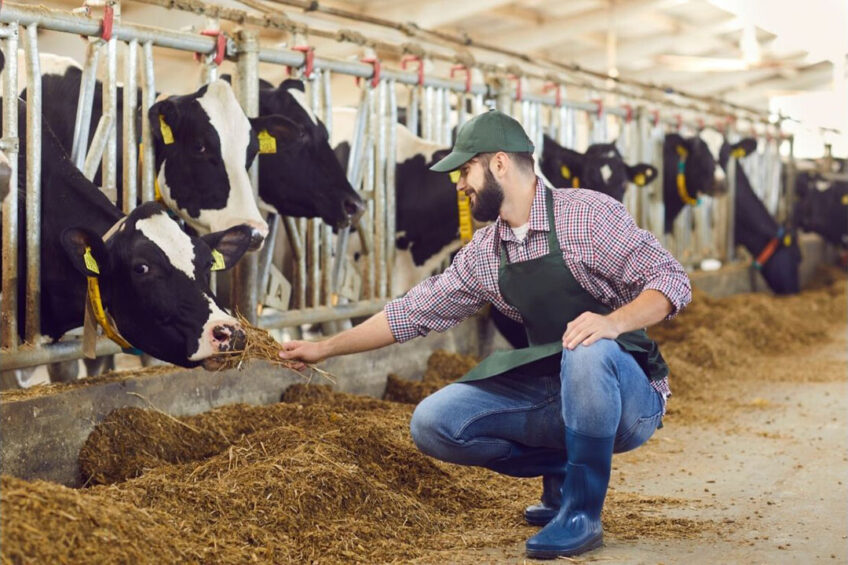US: New England’s dairy farming dilemmas

New England in the US is home to over 1,000 dairy farms, many of which have been passed down from generation to generation. However, over the years, family dairy farms have been disappearing, with the number of dairy farms dropping by more than 90% since 1970.
It is often unnoticed that the care and nurturing that those wild woods, mountains, lakes, and the green spaces in New England landscape require is provided by local dairy farm families. Family dairy farms protect natural resources and farm animals, sustain the soil, produce healthy, high-quality products, help the economy, and create jobs for rural communities.
Dairy farms face an uncertain future
This past year, the American arm of a multinational food conglomerate terminated organic milk contracts with a total of 89 organic milk producers across Maine, New Hampshire, Vermont, and parts of New York state. According to dairy industry experts, the move away from the New England marketplace to larger producers in other parts of the country is part of a consolidation to cut costs, and can lead to a potentially catastrophic loss for the generations-old small dairy farms and the families who run them.
Dairy farmers may be forced to sell their cattle herds or leave farming entirely. The organic milk contract is a path for small organic dairy farms to secure an income for their labour, land, and dairy cows. While the US population drinks less fluid milk, Americans love cheese, ice-cream, yogurt, and butter, therefore, dairy consumption in the US is increasing. According to data from the US Department of Agriculture, in 2021, the average American consumed 655 pounds (284 litres) of dairy: an increase of 3 pounds per person over the previous year.
Dairy farm industrialisation: pros and cons
The term ‘industrial dairy farming’ refers to raising large numbers of dairy cattle in high-density environments utilising modern technology to promote faster growth, to reduce illness and death rates, and to create food products on a mass scale.
Dairy farm industrialisation increases food production, lowers consumer costs, encourages technological development and innovation, creates employment opportunities, and lengthens food availability. However, it may compromise animal welfare, negatively impacts small family dairy farms, and creates environmental concerns. Furthermore, over the years, providing inexpensive milk has been prioritised over regional independence, environmental sustainability, responsible government subsidies, understandable pricing, and local buying options.
This mindset has led to dairy industrialisation, which means large farms with massive operations of 5,000 to 10,000 cows. Although it is crucial to consider that the reality of dairy in New England is not only about winning a low-cost-goods race, but also ensuring regional economic resilience and independence.
How to face the challenge?
The challenge facing family organic dairy farms made farmers, co-ops, non-profits, academics, and government officials concentrate on investment and policy mechanisms to build a brighter future for organic dairy farms and to support them better. A task force group convened through the Northeast Dairy Business Innovation Center has taken the opportunity to lay the markers for making a more robust dairy economy for organic and non-organic dairy farms alike.
A hopeful future
The world faces a challenge of feeding its expanding population during the next 50 years, and it is obvious that industrial dairy farming provides some benefits, though there are also many drawbacks. The vision is that New England can bring healthy dairy to millions of people on the Eastern Seaboard, but the investment in the infrastructure and people is necessary to ensure a resilient and responsive region is present for a collective future.






